How Perpetual Futures Work on Decentralized Exchanges

Table of Contents
- Overview - The Structure of On-Chain Perpetual Futures
- How Perpetual Futures Differ from Traditional Futures
- Core Mechanics of Perpetual Futures on DEXs
- Execution Models Across Leading DEXs
- Benefits of On-Chain Perpetual Futures
- Risks and Challenges
- Examples of Decentralized Perpetual Futures Platforms
- The Future of On-Chain Perpetual Trading
- FAQ
Perpetual futures are derivative contracts that let traders speculate on the price of an asset without owning it and without an expiration date. On decentralized exchanges (DEXs), these contracts are executed and managed by smart contracts, allowing for self-custody, transparency, and permissionless trading.
Overview - The Structure of On-Chain Perpetual Futures
Perpetual futures are the cornerstone of modern crypto derivatives. Originally developed by BitMEX in 2016, the perpetual model solved a long-standing problem in futures trading - the need for contract rollovers. Traders can hold positions indefinitely, with funding payments maintaining parity between the perpetual price and the spot market.
By 2025, decentralized perpetual exchanges (Perp DEXs) process tens of billions of dollars in daily volume. Platforms like GMX, dYdX v4, Hyperliquid, Drift Protocol, Aster, Ethereal, and Reya have demonstrated that high-performance, transparent derivatives trading can occur entirely on-chain.
Unlike centralized platforms such as Binance or Bybit, decentralized perpetuals eliminate custodial risk. Instead of trusting an intermediary, users interact directly with smart contracts that manage margin, execute trades, and calculate funding rates.
Read more:
- What is a Perpetual DEX? (2025 Guide)
- What is a Smart Contract?
- What is Decentralized Finance (DeFi)?
How Perpetual Futures Differ from Traditional Futures
Traditional futures have a fixed expiration date - a settlement point where the contract’s value converges with the spot price. Traders must either close their positions or roll them into a new contract.
Perpetual futures, by contrast, never expire. Instead, they rely on funding rate mechanisms that continuously align prices. The absence of expiration means traders can maintain exposure as long as their margin remains sufficient.
| Type | Expiry | Settlement | Price Anchoring | Leverage | Custody (on DEX) |
|---|---|---|---|---|---|
| Traditional Futures | Yes | At contract maturity | Arbitrage near expiry | 1x–20x | Custodial |
| Perpetual Futures | No | Continuous | Funding rate mechanism | 1x–100x | Self-custodial |
This structure allows perpetual contracts to mirror spot market movements closely while providing flexible leverage and open-ended exposure.
Core Mechanics of Perpetual Futures on DEXs
Smart Contract Infrastructure
On a Perp DEX, every trade and position is recorded on-chain through smart contracts that define margin rules, calculate profits and losses, and handle liquidations.
Smart contracts manage:
- Position creation and closure
- Margin tracking (initial and maintenance)
- Funding payments
- Liquidation triggers
Example: On Drift Protocol (Solana), all collateral, PnL adjustments, and liquidation events occur programmatically, removing the need for human oversight or intermediaries.
Read more:
Collateralization and Margin
Perpetual DEXs operate on a margin trading system. Traders deposit collateral (usually stablecoins like USDC) to open leveraged positions.
- Initial Margin: The amount required to open a position.
- Maintenance Margin: The minimum amount needed to keep it open.
Example:
A trader opens a 10x leveraged long position on BTC-PERP with $1,000 collateral, controlling $10,000 in exposure.
If the position drops 10% in value, the collateral is fully depleted, triggering liquidation.
Collateral and leverage are determined by smart contract parameters, not centralized risk engines. This ensures consistent and transparent enforcement of margin rules.
Price Feeds and Oracles
Every Perp DEX depends on decentralized oracles - networks like Chainlink, Pyth, or Chronicle - to supply accurate asset prices.
The oracle’s role:
- Provides spot price data for mark price calculations.
- Updates prices at regular intervals (from seconds to minutes).
- Prevents price manipulation during thin liquidity periods.
Platforms like Hyperliquid and dYdX v4 combine oracle inputs with internal order-book data to maintain low-latency accuracy.
See: How Oracles Keep Perp DEX Prices Fair
Mark Price and Funding Rate Calculation
The mark price is a reference value derived from aggregated spot exchange data. It determines unrealized PnL and liquidation thresholds.
Funding Rate Formula (simplified):
Funding Rate = (Perp Price - Spot Price) / Spot Price × Adjustment Coefficient
- If Perp > Spot → Longs pay shorts.
- If Perp < Spot → Shorts pay longs.
Example:
If ETH-PERP trades 0.05% above the spot price, longs pay a funding fee of 0.05% (annualized) to shorts to realign the market.
Funding payments typically occur every 8 hours, though some platforms - like GMX and Avantis - adjust dynamically based on volatility.
See: How Funding Rates Work on Perp DEXs
Opening and Closing a Perpetual Position
Step 1: Connect and Deposit Collateral
The user connects a self-custodial wallet (e.g., MetaMask, Phantom, or a Bitcoin.com Wallet) and deposits collateral into the Perp DEX smart contract.
Step 2: Open Position
The trader selects long or short and chooses a leverage ratio. Smart contracts calculate the position size and margin requirements automatically.
Step 3: Funding and PnL Adjustments
Funding payments are applied periodically. Profits or losses are updated in real time, based on the mark price.
Step 4: Close or Liquidate
The trader may close the position manually, or it may be liquidated automatically if the margin ratio falls below the maintenance threshold.
Example:
On GMX, a 5x leveraged long on ETH opens against a liquidity pool. If ETH’s price drops 20%, the position liquidates once collateral is insufficient to cover losses.
Liquidation Process
When a trader’s margin ratio (Collateral ÷ Position Value) falls below the maintenance level, liquidation occurs automatically.
The DEX smart contract closes the position at market price, redistributing collateral to counterparties or insurance funds.
Different DEXs implement this differently:
- Hyperliquid uses on-chain liquidators with a reward mechanism.
- Drift and MUX employ liquidation bots monitored by the community.
- dYdX v4 uses automated clearing engines tied to oracle data.
See: Understanding Liquidation on Perp DEXs
Execution Models Across Leading DEXs
Order-Book Based Execution
Platforms like dYdX v4, Hyperliquid, EdgeX, and Reya replicate traditional exchange mechanics using on-chain or hybrid order books.
- Pros: Precision pricing, low slippage, competitive spreads.
- Cons: Requires high-performance infrastructure and block times.
AMM-Based Execution
DEXs like GMX, Level Finance, Sunperp, and Aster use liquidity pools to simulate perpetual contracts.
- Pros: Simplicity, continuous liquidity, passive income for LPs.
- Cons: Pricing depends heavily on oracle accuracy and pool balance.
Hybrid and Aggregator Models
Platforms such as Drift, MUX, Avantis, and Ethereal combine the two, using AMMs for liquidity depth and order books for price discovery.
Some, like Jupiter, act as aggregators, routing orders across multiple Perp DEXs for best execution.
Benefits of On-Chain Perpetual Futures
- Transparency: Every trade, position, and liquidation is visible on-chain.
- Custody Control: Traders retain ownership of their collateral until liquidation.
- Programmability: Developers can build vaults, hedging tools, and synthetic assets on top of perpetual contracts.
- 24/7 Markets: No centralized downtime, global participation.
- Fairer Access: Permissionless participation without reliance on intermediaries.
According to DeFiLlama, more than $30 billion in open interest now resides on decentralized perpetual exchanges across Arbitrum, Solana, and Cosmos ecosystems.
Risks and Challenges
While innovative, perpetual DEXs introduce new risks:
- Smart Contract Exploits: Bugs in liquidation or funding logic can cause major losses.
- Oracle Manipulation: Malicious price feeds can lead to forced liquidations.
- Leverage Overexposure: High leverage increases volatility risk.
- Fragmented Liquidity: Multiple DEXs operating on different chains dilute depth.
- High Gas Costs on L1: Platforms like Ethereum mainnet face cost inefficiencies, prompting migrations to L2 or appchains.
See: Risks of Trading on Perpetual DEXs
Examples of Decentralized Perpetual Futures Platforms
| Platform | Model | Chain | Distinctive Feature |
|---|---|---|---|
| GMX (v2) | AMM | Arbitrum, Avalanche | Pool-based perpetuals with GLP collateral |
| dYdX v4 | Order-book | Cosmos | Fully decentralized appchain infrastructure |
| Hyperliquid | Order-book | Custom L1 | Sub-second latency with on-chain order matching |
| Drift Protocol | Hybrid | Solana | Combines AMM and order-book liquidity |
| Aster | AMM | Arbitrum | Focused on altcoin perpetual markets |
| Ethereal | Hybrid | Ethereum | Modular liquidation and oracle architecture |
| Avantis | Hybrid | Arbitrum | Cross-margin vault and automated risk system |
| Reya | Order-book | Custom Rollup | Institutional-grade engine for crypto and RWAs |
| MUX Protocol | Aggregator | Multi-chain | Unified margin and liquidity routing |
| Jupiter Perps | Aggregator | Solana | Smart order routing across DEXs |
These platforms represent the diverse architectures and design philosophies shaping the perpetual futures ecosystem in 2025.
See: How to Choose the Right Perp DEX
The Future of On-Chain Perpetual Trading
The next wave of innovation is focused on cross-margin interoperability, shared liquidity networks, and intent-based execution.
Platforms are experimenting with coordinated clearing layers that could unify liquidity across multiple blockchains, improving capital efficiency and reducing funding rate volatility.
In the long term, perpetual DEXs may evolve beyond crypto assets to include synthetic equities, forex pairs, and commodity derivatives, all executed through smart contracts.
This convergence of DeFi infrastructure and global derivatives markets suggests a future where on-chain perpetuals rival traditional futures in both scale and sophistication.
FAQ
What’s the main purpose of perpetual futures on DEXs?
They allow traders to take long or short positions on crypto assets using leverage, without needing custody or expiration-based rollovers.
How are prices determined on a Perp DEX?
Prices rely on decentralized oracles and market mechanisms (funding rates) to keep perpetual contracts close to spot prices.
Can I get liquidated on a decentralized exchange?
Yes. Smart contracts automatically liquidate positions if collateral falls below the required margin ratio.
What’s the advantage of on-chain perpetuals over centralized ones?
Self-custody, transparency, and composability - users can verify all data and integrate positions into broader DeFi strategies.
Are Perp DEXs replacing centralized futures platforms?
Not entirely yet, but the gap is closing rapidly as platforms like Hyperliquid and dYdX v4 match centralized speeds and depth.
Want to trade safely and efficiently?
Download the Bitcoin.com Wallet App to manage your crypto and trade directly from your phone - no custodians, no middlemen.
And if you’re looking for more advanced tools, check out our pro-trading experience at orangerock.xyz.
Related guides
Start from here →
What is Bitcoin?
Get a straightforward introduction to Bitcoin and why it matters.
Read this article →
What is Bitcoin?
Get a straightforward introduction to Bitcoin and why it matters.

What are Altcoins?
Altcoins are cryptocurrencies beyond Bitcoin. Learn about their diverse functionalities, use cases, risks, and potential.
Read this article →
What are Altcoins?
Altcoins are cryptocurrencies beyond Bitcoin. Learn about their diverse functionalities, use cases, risks, and potential.
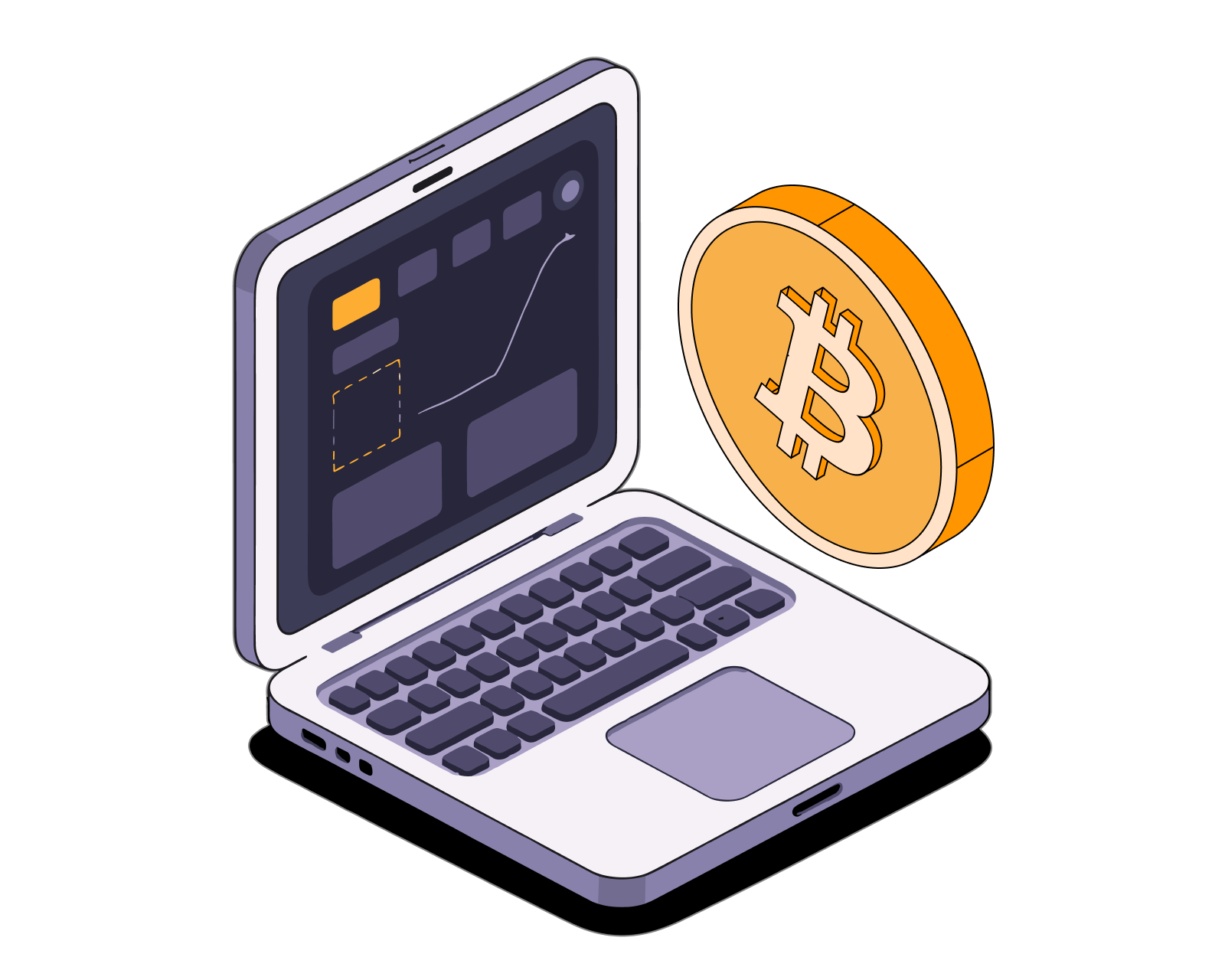
What is a CEX?
Learn about CEXs, the differences between them and DEXs, and whether they’re safe to use.
Read this article →
What is a CEX?
Learn about CEXs, the differences between them and DEXs, and whether they’re safe to use.

What is a DEX?
A decentralized exchange (DEX) is a type of exchange that specializes in peer-to-peer transactions of cryptocurrencies and digital assets. Unlike centralized exchanges (CEXs), DEXs do not require a trusted third party, or intermediary, to facilitate the exchange of cryptoassets.
Read this article →
What is a DEX?
A decentralized exchange (DEX) is a type of exchange that specializes in peer-to-peer transactions of cryptocurrencies and digital assets. Unlike centralized exchanges (CEXs), DEXs do not require a trusted third party, or intermediary, to facilitate the exchange of cryptoassets.

How does crypto exchange work?
How safe is it to store your crypto on centralized exchanges?
Read this article →
How does crypto exchange work?
How safe is it to store your crypto on centralized exchanges?

Reading Bitcoin Charts for Beginners
A beginner's guide to understanding Bitcoin charts, covering candlestick patterns, technical indicators, market analysis, and risk management.
Read this article →
Reading Bitcoin Charts for Beginners
A beginner's guide to understanding Bitcoin charts, covering candlestick patterns, technical indicators, market analysis, and risk management.
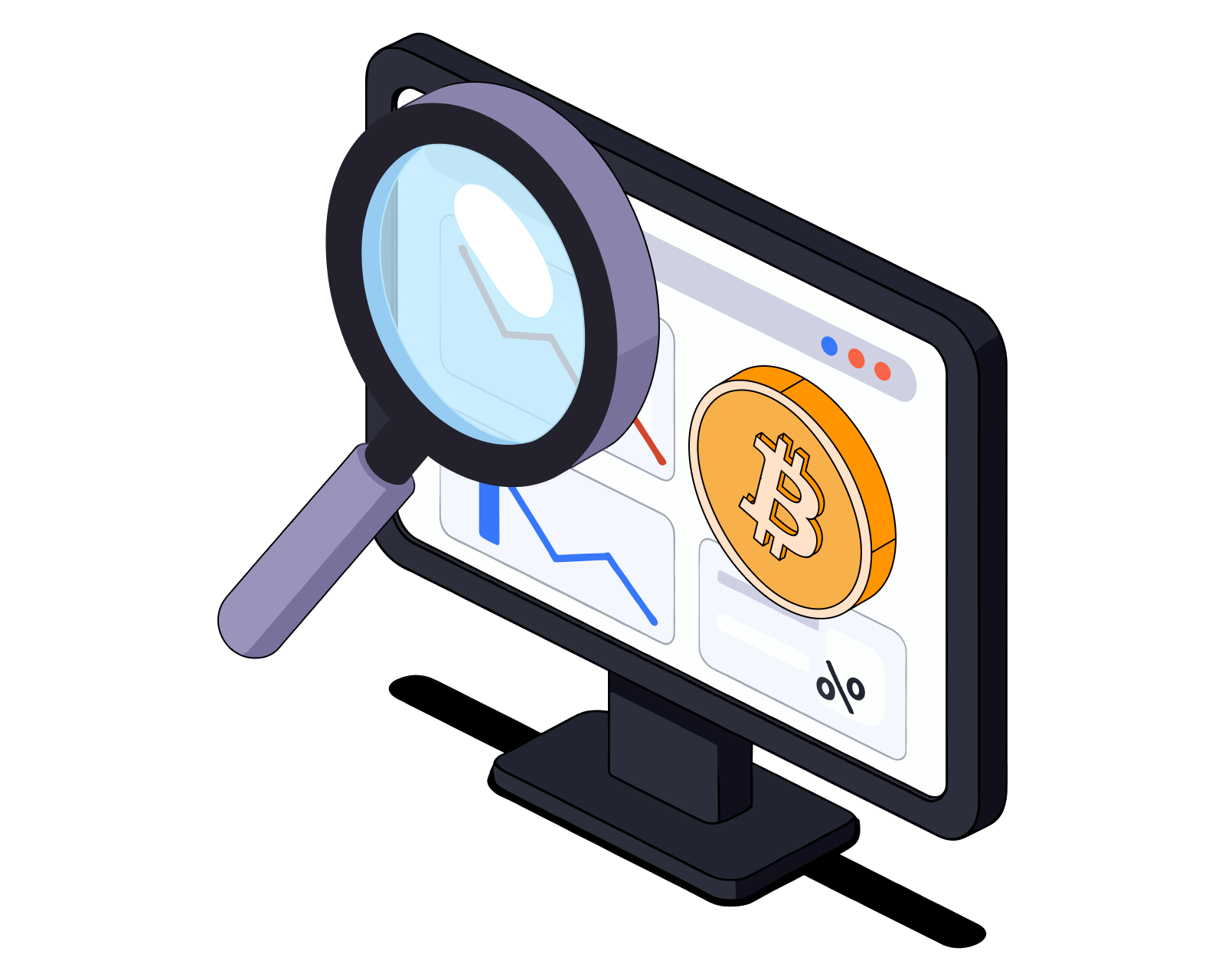
Bitcoin Trading for Beginners
A comprehensive guide to Bitcoin trading for beginners, covering wallets, exchanges, market analysis, and risk management strategies.
Read this article →
Bitcoin Trading for Beginners
A comprehensive guide to Bitcoin trading for beginners, covering wallets, exchanges, market analysis, and risk management strategies.
STAY AHEAD IN CRYPTO
Stay ahead in crypto with our weekly newsletter delivering the insights that matter most
Weekly crypto news, curated for you
Actionable insights and educational tips
Updates on products fueling economic freedom
No spam. Unsubscribe anytime.
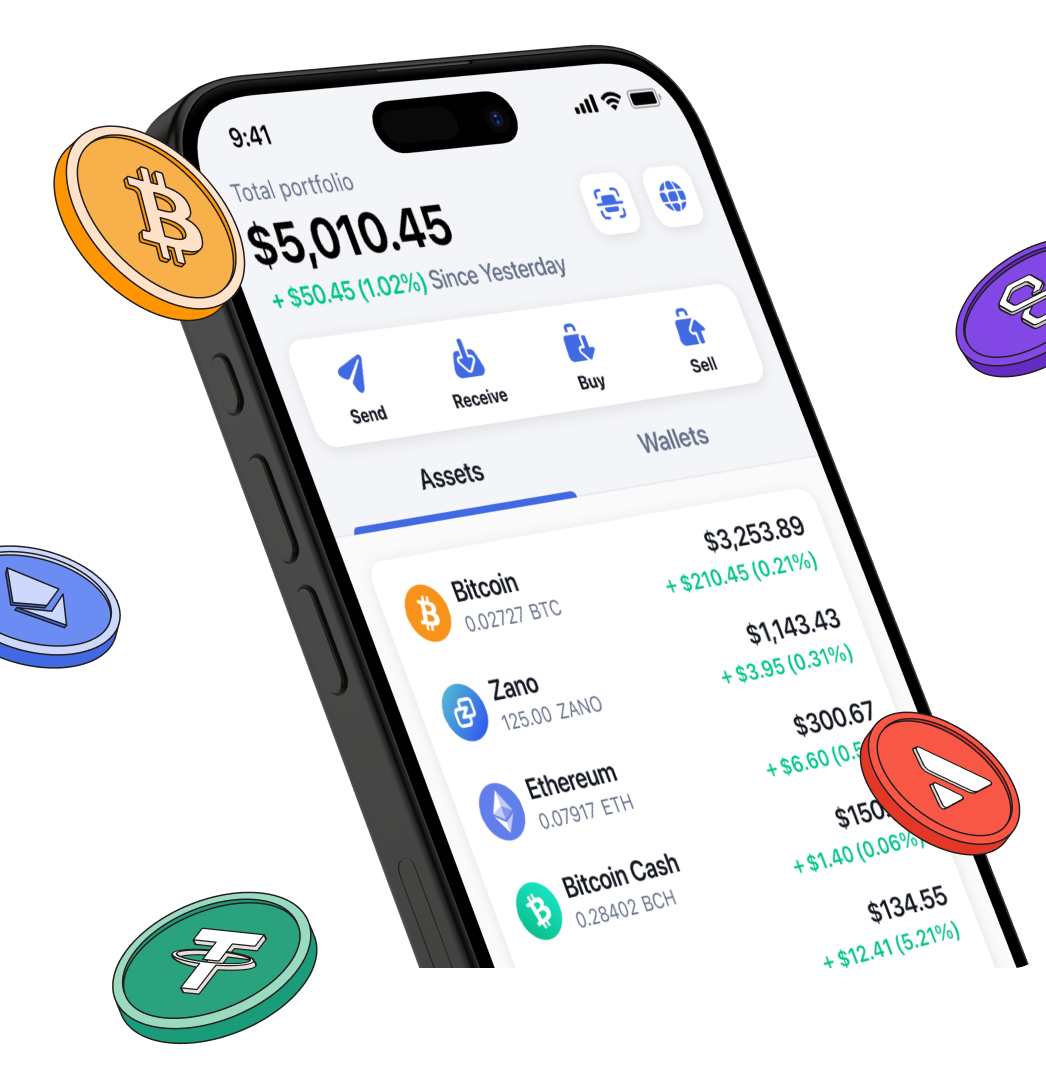
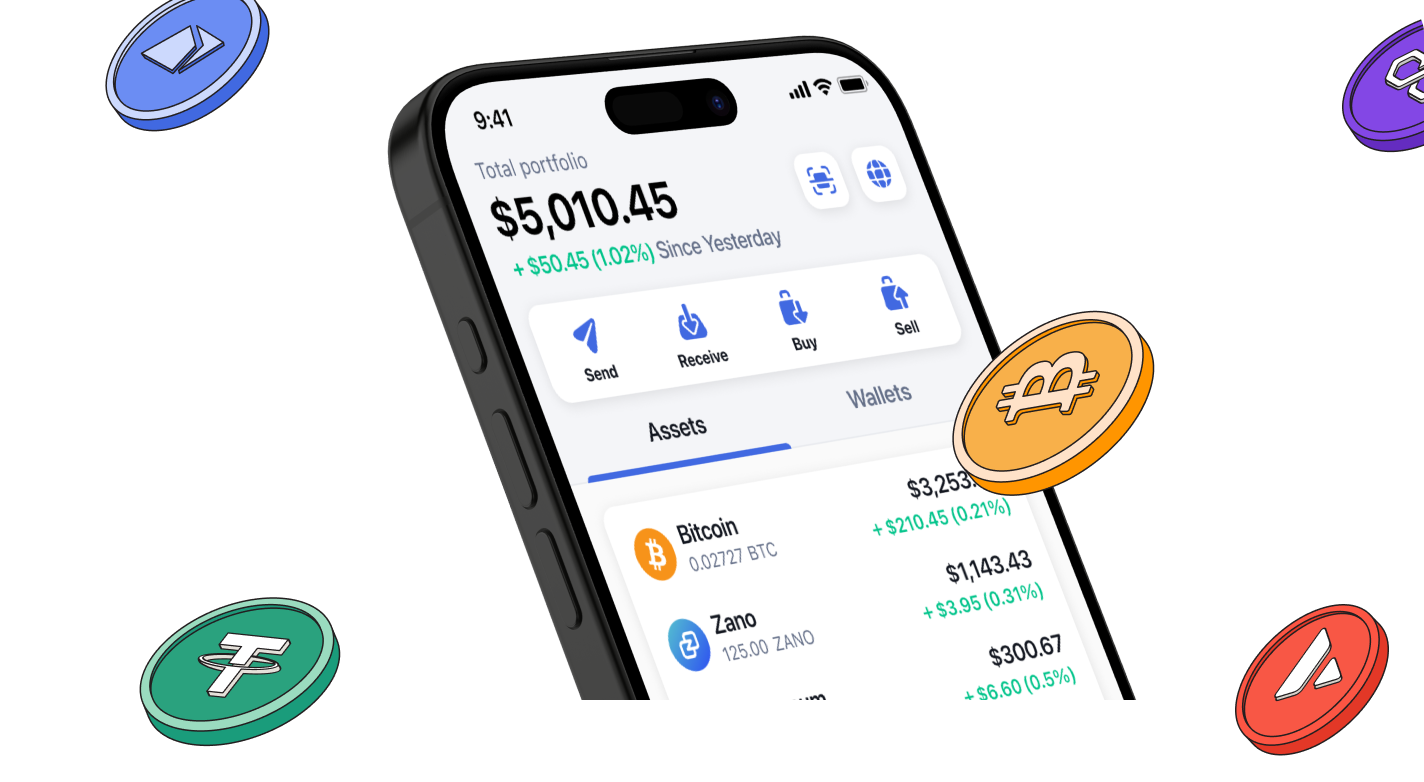
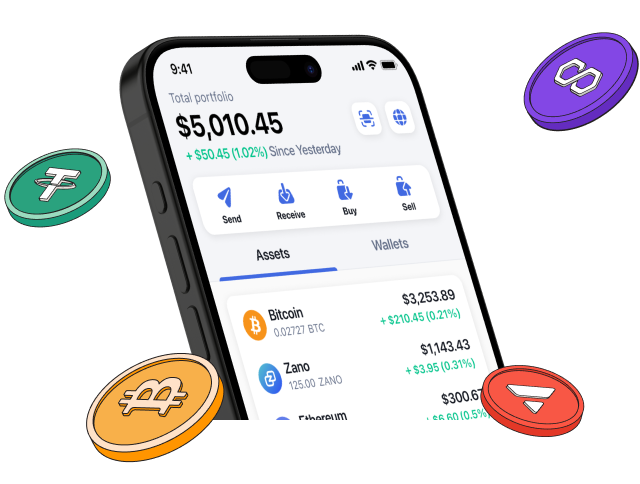
Start investing safely with the Bitcoin.com Wallet
Over wallets created so far
Everything you need to buy, sell, trade, and invest your Bitcoin and cryptocurrency securely

© 2025 Saint Bitts LLC Bitcoin.com. All rights reserved


